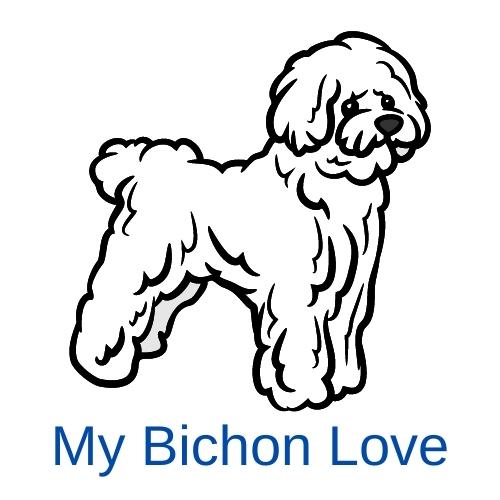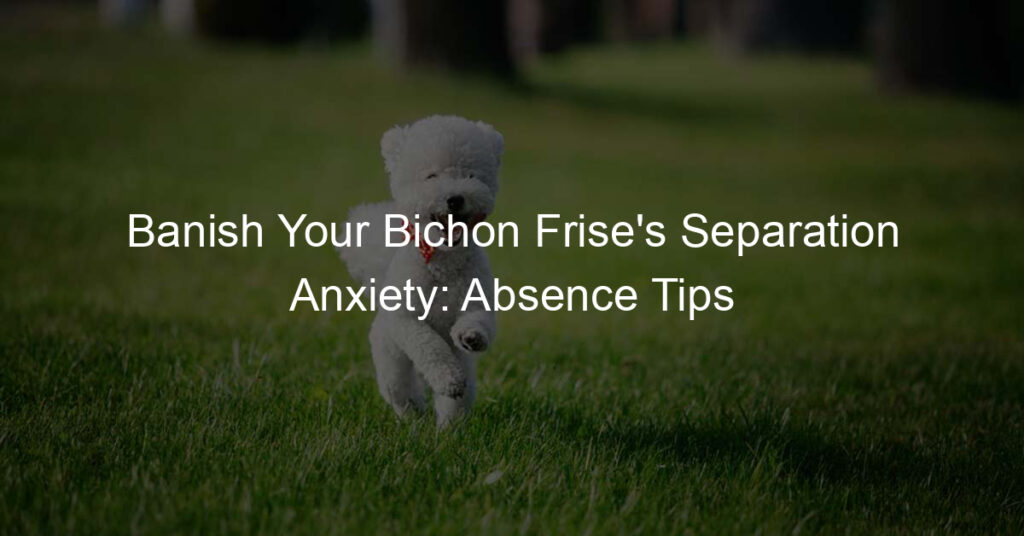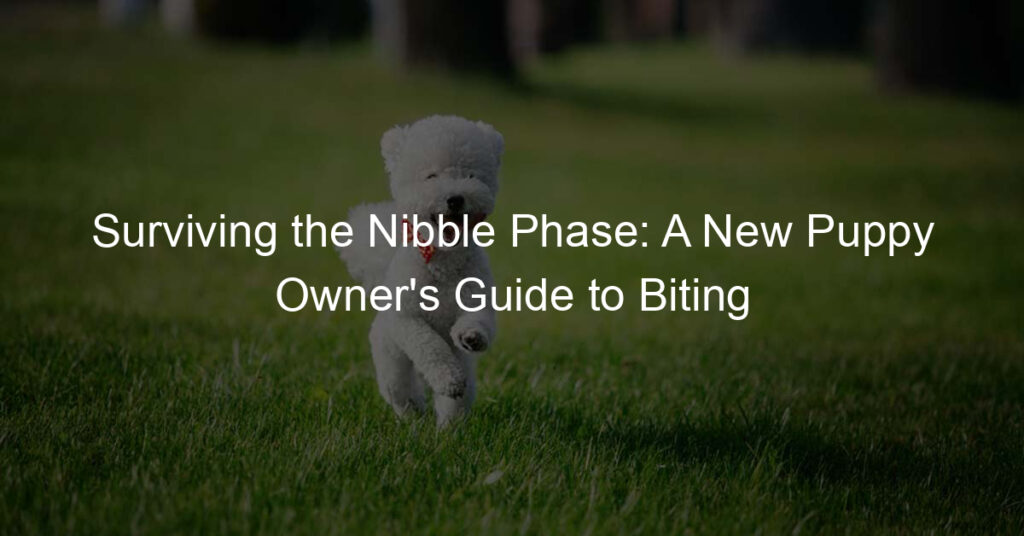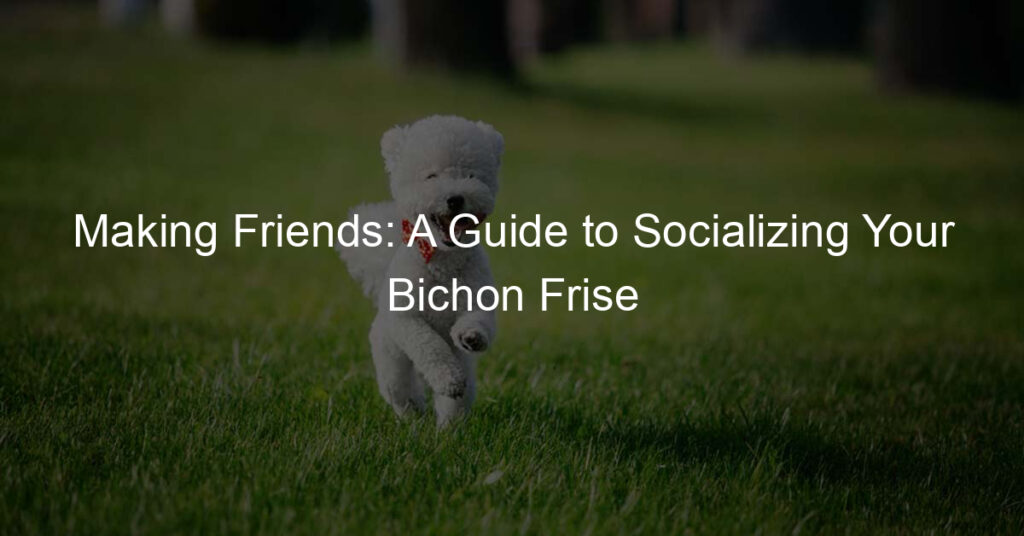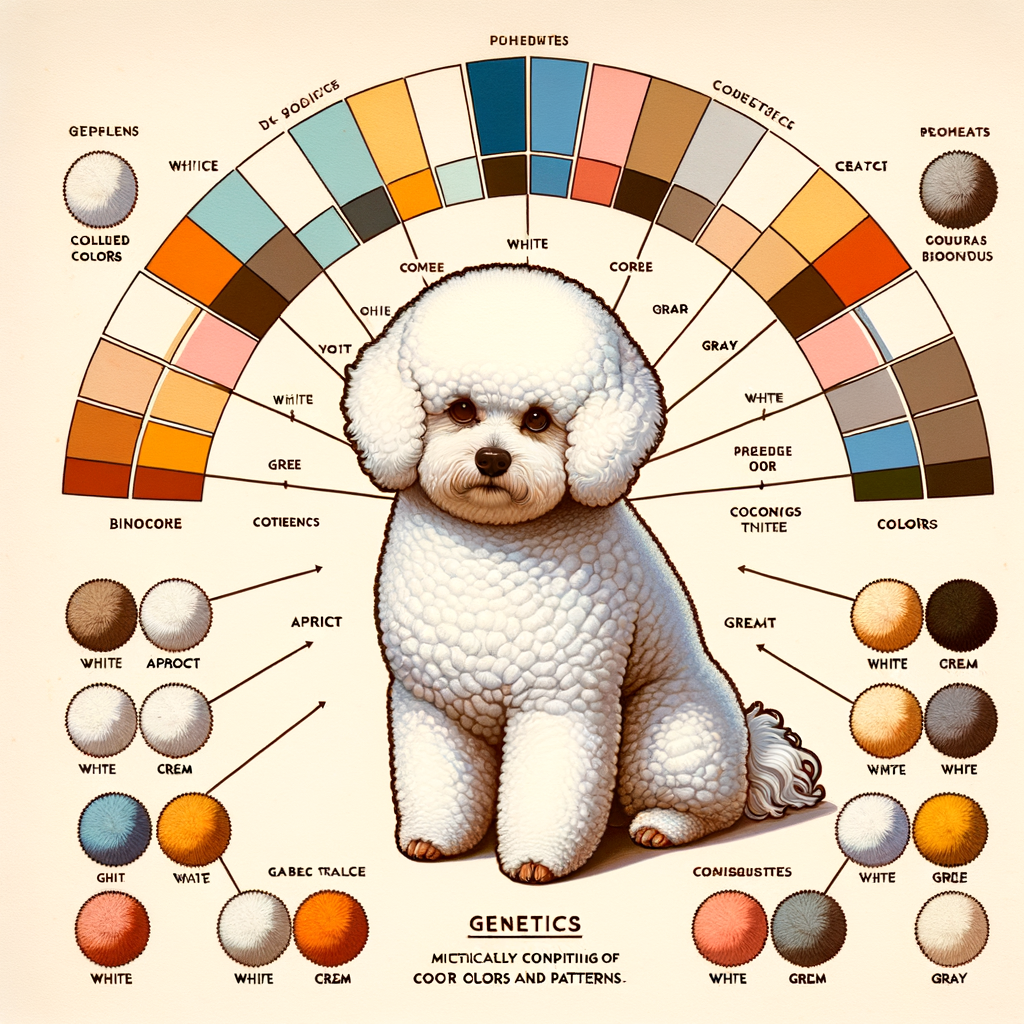
Introduction to Bichon Frise Coat Colors and Patterns
Welcome to our comprehensive guide on Bichon Frise coat colors and patterns. This post will provide you with an in-depth understanding of the different varieties of Bichon Frise coats and the significance of their colors.
- Overview of Bichon Frise coat varieties
The Bichon Frise, a small, cheerful, and friendly breed, is renowned for its unique and fluffy coat. This breed’s coat is typically white, but it can also come in a variety of other colors and patterns. The coat is curly and dense, providing insulation and protection for the dog. It’s important to note that the Bichon Frise’s coat is hypoallergenic, making it an excellent choice for individuals with allergies.
| Coat Type | Description |
|---|---|
| Pure White | The most common color, giving the Bichon Frise a fluffy, cloud-like appearance. |
| White and Apricot | A less common color pattern, where apricot patches are scattered on a predominantly white coat. |
| White and Cream | This pattern features cream-colored patches on a white coat. |
- Importance of understanding Bichon Frise colors
Understanding the different colors and patterns of a Bichon Frise’s coat is crucial for several reasons. Firstly, it can help you identify the breed correctly. Secondly, it can provide insights into the dog’s genetics. For instance, a Bichon Frise with a pure white coat is likely to have parents with the same coat color. Lastly, understanding the coat colors can help potential owners make an informed decision when choosing a puppy, as certain colors may require more grooming than others.
Stay tuned as we delve deeper into the world of Bichon Frise coat colors and patterns in the following sections.
Decoding Bichon Frise Coat
When it comes to the Bichon Frise breed, one of the most distinctive features is their fluffy, curly coat. But did you know that these adorable dogs come in a variety of colors? Let’s take a closer look at the different shades of Bichon Frise coats.
Understanding Bichon Frise Colors
Bichon Frise dogs are known for their beautiful coats, which can come in several different colors. Each color has its own unique charm and appeal. Here are the most common Bichon Frise colors:
- White Bichon Frise: The most common color for a Bichon Frise is pure white. This gives the dog a clean, fluffy appearance that many owners love. The white coat also makes the Bichon Frise look like a small cloud, especially when their fur is fully grown out.
- Cream Bichon Frise: Some Bichon Frises have a cream-colored coat. This is a light, almost white color, but with a hint of yellow or beige. Cream Bichon Frises are just as adorable as their white counterparts, and their slightly different color gives them a unique look.
- Apricot Bichon Frise: Apricot Bichon Frises have a coat that is a light orange or peach color. This color is less common than white or cream, but it’s still a beautiful option. The apricot color can range from a very light, almost cream color, to a deeper, more vibrant orange.
- Gray Bichon Frise: Gray is a rare color for a Bichon Frise, but it does occur. Gray Bichon Frises have a coat that is a light to medium gray color. This gives them a unique, sophisticated look that sets them apart from other Bichon Frises.
Regardless of the color of their coat, all Bichon Frises are equally adorable and lovable. The color of a Bichon Frise’s coat does not affect their personality or health, so you can choose the color that you find most appealing.
Bichon Frise Coat Color Genetics
The colors of a Bichon Frise’s coat are not just a matter of chance. They are the result of complex genetic processes. Let’s delve into the fascinating world of Bichon Frise coat color genetics.
- Role of Genetics in Bichon Frise Coat Colors
- How Genetics Determine Bichon Frise Color Variations
Genetics play a crucial role in determining the coat color of a Bichon Frise. Each puppy inherits genes from both its parents. These genes carry instructions about the color and pattern of the coat. The most common coat color for a Bichon Frise is white, but they can also be cream, apricot, or gray. This variety is due to the combination of genes they inherit.
The color variations in Bichon Frise coats are a result of different combinations of genes. For example, a puppy with two ‘white’ genes will have a pure white coat. But, if a puppy inherits a ‘white’ gene from one parent and a ‘cream’ gene from the other, its coat may be a blend of white and cream. The exact shade can vary, leading to the wonderful array of colors we see in the Bichon Frise breed.
Understanding the genetics behind Bichon Frise coat colors can help us appreciate the beauty and diversity of this breed even more. Remember, no matter the color of their coat, every Bichon Frise is unique and special.
Bichon Frise Patterns
The Bichon Frise, a small and cheerful dog breed, is known for its fluffy white coat. However, did you know that these adorable dogs can also come in different color patterns? Let’s explore the common color patterns you might see in a Bichon Frise.
Common Bichon Frise Color Patterns
While the Bichon Frise is typically known for its pure white coat, there are several color patterns that can appear in this breed. Here are the most common ones:
- Single Colored Bichon Frise
- Two-Toned Bichon Frise
- Brindle Bichon Frise
The most common and recognized color pattern of the Bichon Frise is the single color. This is typically a pure, snowy white. This color pattern gives the Bichon Frise its iconic fluffy appearance that many people love.
Less common than the single color, but still frequently seen, is the two-toned Bichon Frise. This pattern usually involves patches of a secondary color, such as cream or apricot, on a primarily white coat. The secondary color can appear on any part of the dog’s body.
The brindle pattern is rare in Bichon Frises. It involves a mix of colors that gives the coat a striped or streaked appearance. The colors can range from light to dark, and the pattern can vary in intensity.
Remember, no matter the color pattern, every Bichon Frise is unique and special. The color of their coat doesn’t change their friendly and playful nature!
Uncommon Bichon Frise Color Patterns
While the Bichon Frise is typically known for its pure white coat, there are a few rare and unique color patterns that can occasionally be seen in this breed. Let’s explore two of these uncommon patterns: the Merle and the Harlequin Bichon Frise.
- Merle Bichon Frise
The Merle Bichon Frise is a truly unique sight to behold. This pattern is characterized by a mix of dark and light patches that create a mottled or speckled effect. The Merle pattern can occur in any color, but it’s most commonly seen in shades of gray or brown. It’s important to note that while the Merle pattern is beautiful, it’s also associated with a number of health issues, including deafness and eye problems. Therefore, potential owners should be prepared for possible health concerns if they’re considering a Merle Bichon Frise.
- Harlequin Bichon Frise
The Harlequin Bichon Frise, on the other hand, is characterized by a coat that’s predominantly white, with patches of color. The patches can be any color, but they’re most commonly black. This pattern is very rare in Bichon Frises, and it’s often a result of specific genetic combinations. Like the Merle, the Harlequin pattern can also be associated with certain health issues, so potential owners should be aware of this before choosing a Harlequin Bichon Frise.
In conclusion, while these color patterns are uncommon, they add an extra layer of uniqueness to the already charming Bichon Frise. However, potential owners should always prioritize the health and well-being of their pet over a specific coat pattern.
Bichon Frise Breed Coat Colors
When it comes to the Bichon Frise breed, one of the most distinctive features is their fluffy, cotton-like coat. This coat can come in a variety of colors, each one adding a unique charm to the breed. Let’s delve into the standard and non-standard coat colors of the Bichon Frise.
- Standard Bichon Frise Coat Colors
- Non-standard Bichon Frise Coat Colors
The Bichon Frise breed standard recognizes one main color: white. This is the most common and widely accepted color for the breed. The pure, snowy white coat gives the Bichon Frise its iconic look, resembling a fluffy cotton ball. The white coat also accentuates the breed’s dark eyes and nose, creating a striking contrast.
However, it’s not uncommon to see Bichon Frises with shades of cream, apricot, or gray on their ears or body. These shades, though not as common as pure white, are still considered standard.
While the breed standard recognizes white and shades of cream, apricot, or gray, there are Bichon Frises that sport non-standard colors. These can include black, brown, or even brindle. These colors are less common and are not recognized by all breed standards.
It’s important to note that a Bichon Frise’s coat color does not affect its personality or health. Whether standard or non-standard, each Bichon Frise is unique and special in its own way.
In conclusion, the Bichon Frise breed can come in a variety of coat colors, with white being the most common. However, regardless of the color of their coat, each Bichon Frise is a bundle of joy, full of love and affection for their families.
Bichon Frise Coat Types
The Bichon Frise is a small dog breed known for its distinctive fluffy coat. This coat comes in two main types: short-haired and long-haired. Each type has its own unique characteristics and care requirements. Let’s take a closer look at these two coat types.
- Short-haired Bichon Frise
The short-haired Bichon Frise has a coat that is relatively low-maintenance. The fur is soft and curly, giving the dog a teddy bear-like appearance. This type of coat doesn’t grow very long, which means it doesn’t require as much grooming as the long-haired variety. However, regular brushing is still necessary to prevent matting and keep the coat looking its best.
Short-haired Bichons are also less likely to develop skin issues, as their shorter fur allows for better air circulation. But, they might need a sweater in colder weather, as their shorter coat provides less insulation.
- Long-haired Bichon Frise
On the other hand, the long-haired Bichon Frise has a coat that is plush and voluminous. This type of coat gives the Bichon a more glamorous look, but it also requires more care. The long fur can easily become tangled or matted if not brushed regularly.
Long-haired Bichons may also be more prone to skin issues due to the lack of air circulation under their thicker coat. However, they are better suited to colder climates, as their longer fur provides more insulation.
In conclusion, whether you prefer a short-haired or long-haired Bichon Frise, both coat types have their own unique charm and care requirements. It’s important to consider these factors when choosing a Bichon Frise as your pet.
Conclusion: Embracing the Rainbow
As we wrap up our exploration of Bichon Frise coat colors and patterns, it’s clear that there’s a lot more to this breed than meets the eye. From the classic white coat to the rare and stunning patterns, each Bichon Frise is truly unique. Let’s take a moment to appreciate this diversity and summarize what we’ve learned.
- Appreciating the diversity of Bichon Frise coat colors and patterns
The Bichon Frise breed is a wonderful example of nature’s creativity. While the most common coat color is white, there are many other variations to be found. Some Bichons have cream, apricot, or gray shades in their coats. Others may have unique patterns, such as spots or patches. This diversity is part of what makes each Bichon Frise special and unique.
- Key takeaways on Bichon Frise coat color genetics and variations
Understanding the genetics behind Bichon Frise coat colors can be fascinating. It’s not just about the color you see, but also about the genes that the dog carries. For instance, a Bichon Frise could carry a gene for a certain color or pattern, even if it doesn’t show up in their coat. This is why two white Bichons can produce a puppy with a different color or pattern.
It’s also important to remember that while coat color and pattern can be interesting, they don’t determine a dog’s value or worth. A Bichon Frise’s true value lies in its loving nature, playful spirit, and loyal companionship.
In conclusion, the world of Bichon Frise coat colors and patterns is a vibrant and fascinating one. By understanding and appreciating this diversity, we can truly embrace the rainbow that is the Bichon Frise breed.
